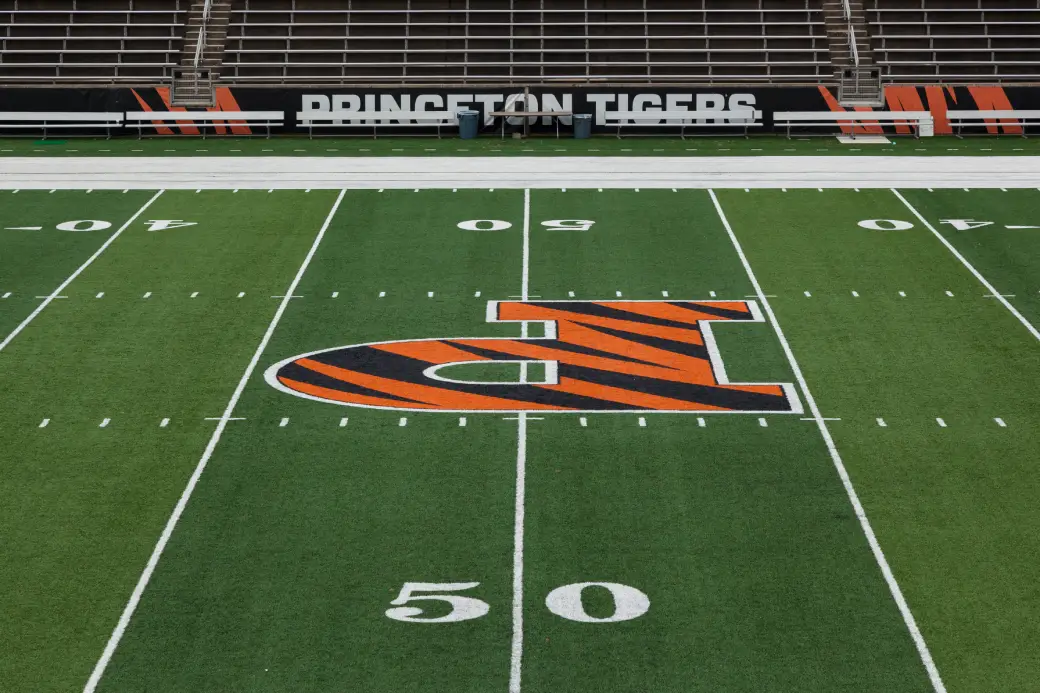Choosing between playing for a Division I (D1) or Division III (D3) college depends on your athletic ability, academic priorities, and the kind of college experience you want.
Before making your D1 or D3 decision, it’s smart to understand the full recruitment process. This step-by-step checklist will walk you through everything you need to do to get recruited.
Key Differences Between Division I and Division III Colleges
Division I (D1):
The highest level of collegiate athletic competition, with the largest athletic budgets and most resources.
D1 schools are often large universities with high-profile sports programs and nationally recognized teams.
Student-athletes must meet NCAA eligibility requirements and often face demanding schedules with significant time commitments for training, travel, and games.
Athletic scholarships are available, ranging from partial to full rides, making athletics a significant financial incentive for many athletes.
The environment can be highly competitive, sometimes resembling a job, especially in revenue sports like football and basketball.
Athletics are a major focus, and athletes may have less flexibility to pursue other extracurriculars or academic interests.
Division III (D3):
Largest NCAA division by number of schools, but with the lowest level of athletic competition and smallest athletic budgets.
D3 schools are often smaller colleges, including many top liberal arts institutions, with a strong emphasis on academics and a balanced student experience.
No athletic scholarships are offered, but many athletes receive academic or need-based aid.
Lower time commitment for sports, with shorter practice hours and less travel, allowing athletes to engage more fully in academics, campus life, and other interests.
The focus is on the value of participation and personal development, not generating revenue or national recognition.
Teams tend to be more inclusive, and the environment is often more supportive and less cutthroat than D1.
Which Should You Play For?
The best division for you depends on your athletic ability, academic goals, and desired college experience:
Choose D1 if:
You are highly competitive, want to play at the highest collegiate level, and are seeking an athletic scholarship.
You are comfortable with a rigorous athletic schedule and potentially less flexibility for other pursuits.
You aspire to compete professionally or want the experience of playing for a nationally recognized program.
Choose D3 if:
You want a strong academic focus and the flexibility to participate in other campus activities, internships, or study abroad.
You value a balanced lifestyle and want to play for the love of the sport rather than for financial reward or professional prospects.
You prefer a supportive, community-oriented team environment and a more holistic college experience.
If you’re new to how athletic recruitment works or want a better understanding of how to approach it strategically, this detailed guide on athletic recruitment is a great place to start.
Pros and Cons of Playing D1
Pros of Playing D1 Sports | Cons of Playing D1 Sports |
The highest level of athletic competition and exposure | Extremely demanding time commitment, often like a full-time job |
Access to state-of-the-art facilities and top coaches | Balancing academics and athletics can be very challenging |
Athletic scholarships can significantly reduce college costs | High pressure to perform, with intense expectations and scrutiny |
Media coverage and opportunities to build a personal brand | Increased risk of injuries and long-term health issues |
Networking with alumni and sports professionals | Limited flexibility for other campus activities or academic pursuits |
Enhanced chances for professional sports careers | Harder to get playing time due to elite competition |
Strong team camaraderie and community engagement | Transitioning out of sports can be difficult |
Access to academic support services for athletes | Travel for games may lead to missed classes and academic challenges |
This table summarizes the major advantages and drawbacks of participating in Division I athletics, helping you weigh the prestige, opportunities, and resources against the significant demands and potential sacrifices required at this level.
Pros and Cons of Playing D3
Pros | Cons |
Academic and athletic balance | No athletic scholarships |
Well-rounded, holistic college life | Less national/media exposure |
Supportive, close-knit team environment | Fewer athletic resources and facilities |
Passion-driven competition | Time management can still be challenging |
Wide range of sports and opportunities | Lower level of competition in some cases |
Both paths offer rewarding experiences, but your priorities—athletic intensity, academic focus, financial needs, and campus life—should guide your decision.
Still unsure which path is right for you? Connect with an advisor at Opus College Prep for personalized guidance on your recruitment journey.





